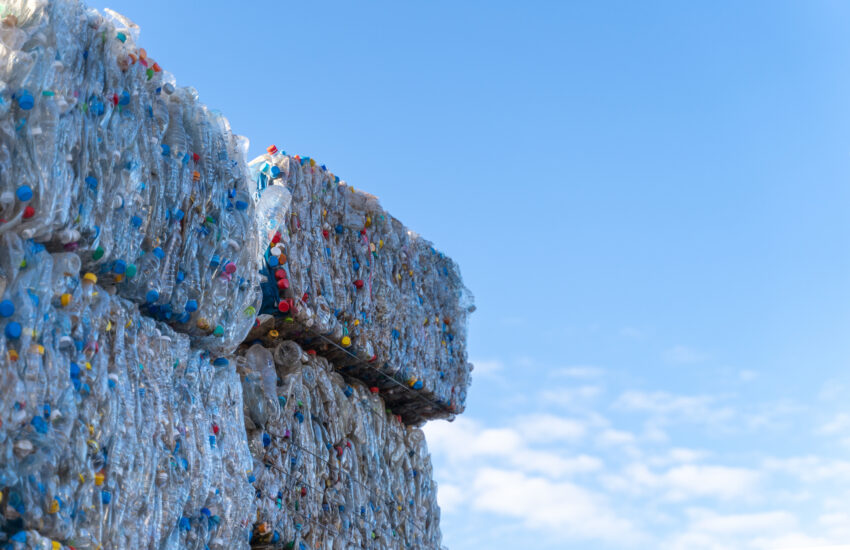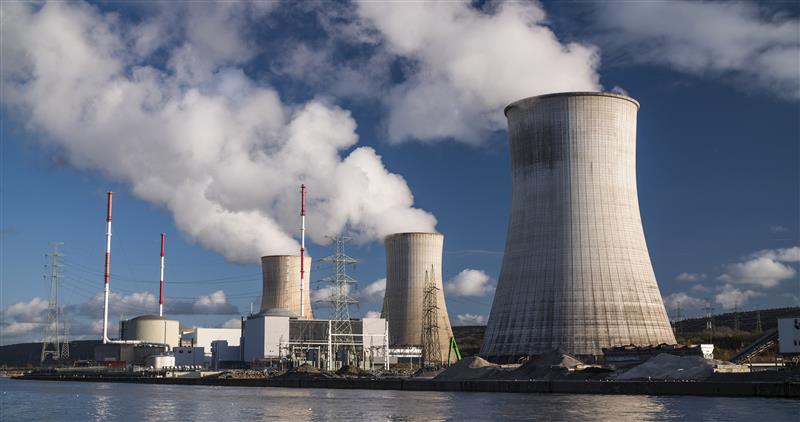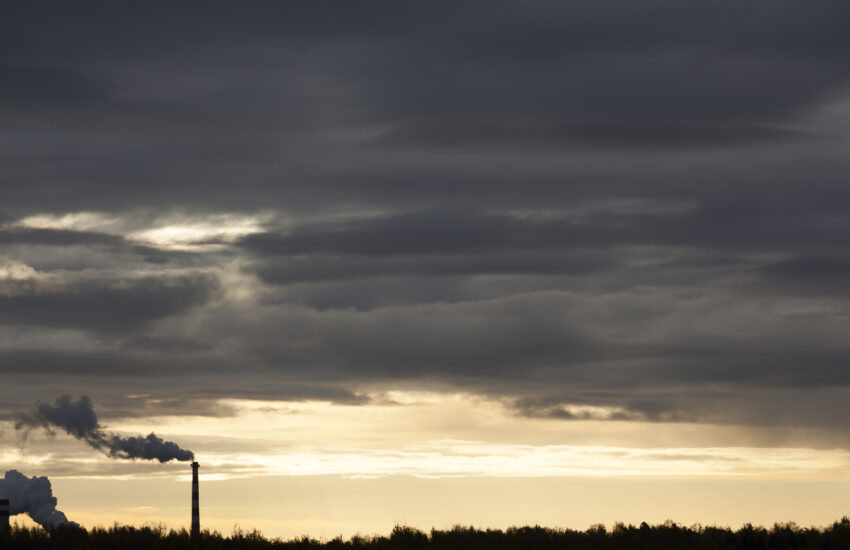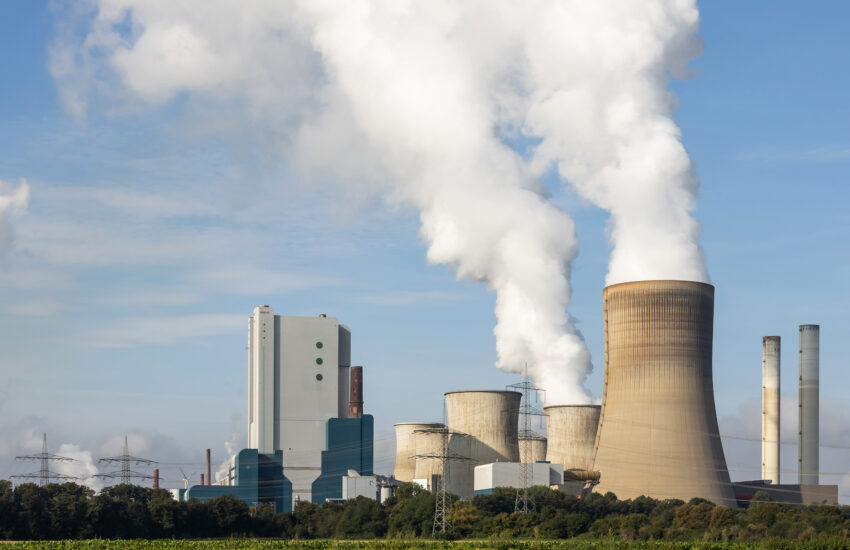Do you want to destroy PFAS? But why stop there? Continue on to convert them into high value fluorochemicals, and recover and reuse the phosphate salts.
That’s what one new study claims it can do.
The authors reacted PFAS with potassium phosphate salts under solvent-free mechanochemical conditions — a mineralization process enabling fluorine recovery as KF (potassium fluoride) and K2PO3F (potassium fluorophosphate) for fluorination chemistry.
The phosphate salts can be recovered for reuse, implying no detrimental impact on the phosphorus cycle. Therefore, the authors say “PFASs …
Continue Reading









